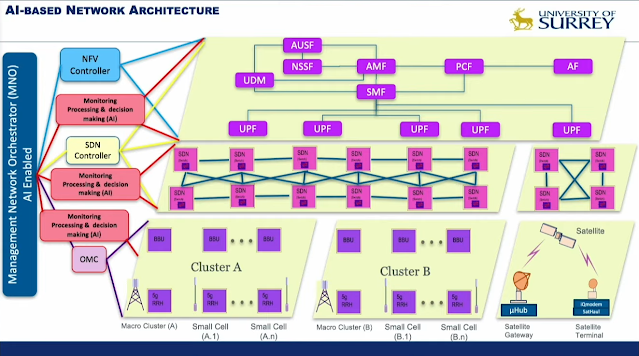The University of Surrey announced the launch of its 6th Generation Innovation Centre (6GIC) this month. The new centre is intended to be a leading global research hub focused on advanced telecommunications engineering that brings together the physical and virtual worlds, enabling teleportation.
- Ambient information: a fusion of the physical and virtual worlds, powered by the integration of high-resolution sensing, geolocation and wireless technologies to enable a new level of digital services that link human senses with ambient and remote data.
- Ubiquitous coverage: making the digital divide a thing of the past by significantly improving coverage indoors, and using intelligent surfaces and researching satellite technology that makes exciting 6G services available everywhere.
Dr Mohsen Khalily, an academic at 6GIC, and his team developed and demonstrated a novel technology that intelligently directs a beam to mobile users. The dynamic engineered metasurface recycles existing electromagnetic (EM) waves without emitting new EM waves. The team also designed a control unit which can intelligently tune the metasurface’s response to reflect the beam towards the different direction of interests.
In addition, they developed a static version of their engineered metasurface which does not require any power source and can be used for fixed scenarios to provide coverage at known coverage blind spots. This technology is expected to be widely deployed in future making our buildings and city infrastructures smart in helping wireless communications with improved coverage, capacity, and low power consumptions.
The demo is embedded below:
Related Posts:
- Free 6G Training: 6G may just make Teleportation a Reality



Comments
Post a Comment